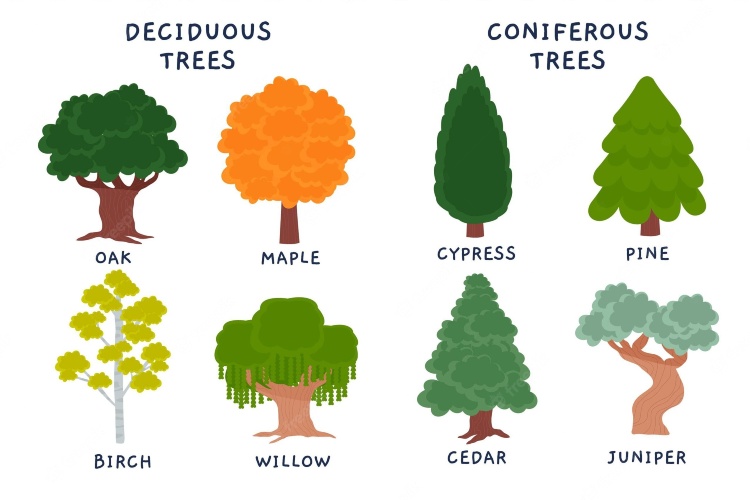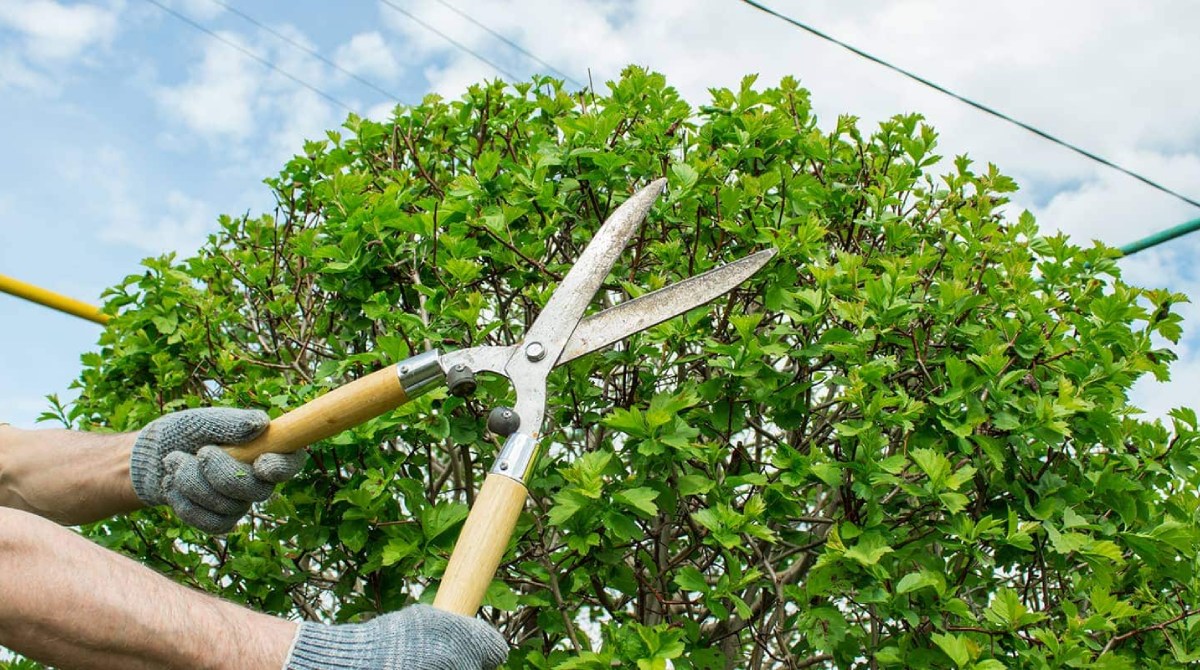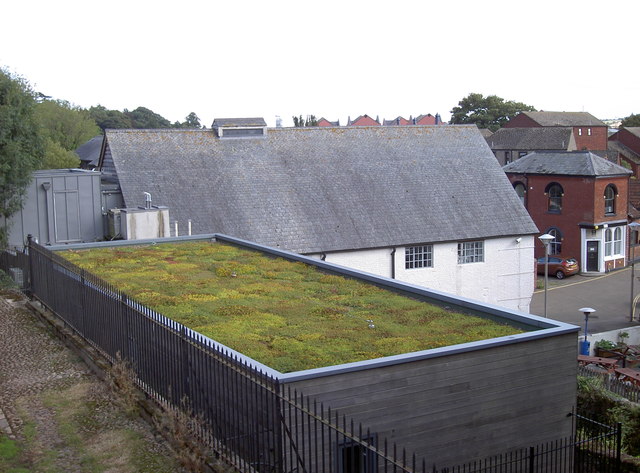Tree pruning is a crucial aspect of tree care that often goes overlooked by homeowners and property managers. Proper pruning not only enhances the aesthetics of your landscape but also promotes tree health and safety. However, knowing when to prune is just as important as knowing how to prune. In this blog post, we’ll delve into the optimal timing for tree pruning and discuss the various factors that influence the decision.
The Importance of Pruning
Tree pruning is not just about creating a visually appealing landscape; it serves several essential purposes. Pruning helps maintain tree health, improves safety, and ensures better fruit production for fruit-bearing trees. It also prevents the spread of diseases and enhances air circulation within the canopy. With these benefits in mind, let’s explore when you should schedule your tree pruning.
The Right Season for Pruning
The timing of tree pruning largely depends on the type of tree you have. In general, there are two primary seasons for tree pruning:
1. Dormant Season (Late Fall to Early Spring):
- Ideal for most deciduous trees
- Pruning during dormancy promotes vigorous spring growth
- Reduced risk of disease transmission as pathogens are less active
2. Growing Season (Late Spring to Early Summer):
- Best for flowering trees and shrubs
- Pruning during this season can stimulate new flower and fruit production
- Avoid pruning during the hottest days of summer to prevent stress on the tree
Specific Tree Types and Timing

Different types of trees have specific timing requirements for optimal pruning:
1. Deciduous Trees:
- Prune during the dormant season (late fall to early spring)
- Oak trees should be pruned during late fall to minimize the risk of oak wilt disease transmission
2. Evergreen Trees:
- Prune in late winter or early spring
- Avoid heavy pruning during the growing season, as it can stress the tree
3. Flowering Trees:
- Prune after flowering to avoid cutting off next year’s flower buds
- Early spring is often the best time for many flowering trees
4. Fruit Trees:
- Prune during late winter or early spring before new growth begins
- Regular pruning is essential for maintaining fruit production and tree health
Consider Tree Age and Health
The age and health of your tree also play a significant role in determining when to prune:
1. Young Trees:
- Focus on structural pruning to establish a strong framework
- Start pruning one to two years after planting
2. Mature Trees:
- Regular maintenance pruning is essential for mature trees
- Avoid heavy pruning, as it can stress older trees
3. Diseased or Damaged Trees:
- Prune as soon as possible to remove diseased or damaged branches
- Prompt pruning can prevent further spread of diseases or decay
Weather Considerations
Weather conditions can impact the timing of tree pruning. It’s important to keep the following factors in mind:
1. Extreme Cold:
- Avoid pruning during severe winter cold, as it can damage the tree
- Wait for milder winter days if necessary
2. Wet Conditions:
- Pruning when the tree and soil are wet can increase the risk of disease transmission
- Wait for dry weather to ensure a clean cut and minimize disease risk
3. Extreme Heat:
- Pruning during scorching summer days can stress the tree
- Opt for early morning or late afternoon sessions during the growing season
Hiring a Professional Arborist
While knowing when to prune is essential, it’s equally important to hire a certified arborist or tree care professional for the job. They have the expertise to assess the specific needs of your trees and ensure that pruning is done correctly and safely.
Tree pruning is a vital aspect of tree care that should not be taken lightly. Understanding when to prune is key to maintaining the health, beauty, and safety of your trees. By considering factors such as tree type, age, and weather conditions, you can make informed decisions about the best time to schedule your tree pruning. Whether you have deciduous, evergreen, flowering, or fruit trees, proper timing will help your trees thrive for years to come. Need expert help? Check out K-W Tree Expert Co., team of professional arborists based in Kitchener.



